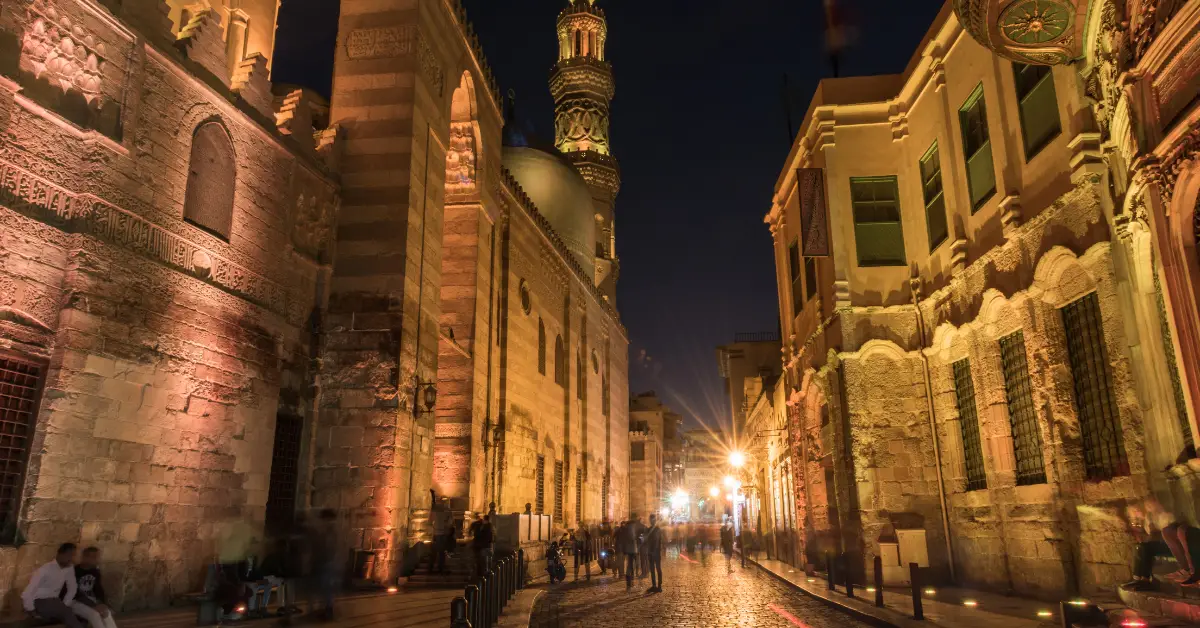Introduction
As we explore the fascinating chapters of human history, we gain valuable insights into the lives, experiences, and values of people from bygone eras. In this article, we travel back in time to Egypt six centuries ago, a period marked by profound political, social, and cultural changes. From the bustling city of Cairo to the lush Nile Valley, we will examine the daily life, customs, and beliefs that defined the lives of Egyptians in the 15th century.
A New Order: Egypt Under the Circassian Mamluks
During the 15th century, Egypt was ruled by the Circassian Mamluks, a powerful Islamic dynasty that succeeded the earlier Bahri Mamluks. The Circassian Mamluks were known for their military skill, administrative acumen, and patronage of the arts and sciences. Under their rule, Egypt continued to be a prominent center of culture, commerce, and learning, drawing visitors from across the Islamic world and beyond.
A Thriving Metropolis: Cairo as a Center of Culture and Trade
Cairo, the capital of Egypt, remained a flourishing urban center under the Circassian Mamluks. The city was a hub of activity, with its markets, mosques, and madrasas playing a vital role in the daily lives of its inhabitants.
Cairo’s animated markets, or souks, offered an array of goods, from luxurious textiles and exquisite handicrafts to exotic spices and agricultural produce. These markets were not only places of commerce but also venues of social interaction, where people from diverse backgrounds gathered to exchange news, ideas, and stories.
A Rich Spiritual Landscape: Religion in 15th-century Egypt
Religion played a central role in the lives of Egyptians during the 15th century, with Islam being the predominant faith under the Mamluk Sultanate. The Mamluk rulers were known for their piety and support of religious institutions, resulting in the construction of numerous grand mosques and madrasas throughout Egypt.
These religious institutions served as centers of Islamic learning and scholarship, welcoming students and scholars from across the Islamic world. In addition to the majority Muslim population, Egypt was also home to significant Christian and Jewish communities, who were generally allowed to practice their faiths freely under Mamluk rule. This religious diversity contributed to a vibrant and dynamic cultural milieu, characterized by mutual respect and collaboration among people of different faiths.
Family and Social Life in 15th-century Egypt
The family unit was an essential pillar of Egyptian society during the 15th century, providing support and stability amid a rapidly changing world. Marriage was an important institution, with families often arranging unions to consolidate alliances and reinforce social ties.
Daily life in 15th-century Egypt was shaped by a blend of traditional customs and Islamic teachings, with gender roles largely conforming to established norms. Men typically assumed public roles as providers and decision-makers, while women were primarily responsible for childcare and household management. However, women in Egypt enjoyed a comparatively higher degree of autonomy and legal rights than their counterparts in many other societies of the time, including the right to own property, seek divorce, and engage in business.
Conclusion
Life in Egypt 600 years ago was a rich tapestry of cultural, religious, and social influences that shaped the experiences of its people. By examining the daily life, customs, and beliefs of 15th-century Egyptians, we gain invaluable insights into the resilience and adaptability of human societies, as well as the enduring values that continue to inform our contemporary world. Understanding the past not only satisfies our curiosity but also enhances our appreciation for the cultural heritage that has shaped Egypt’s identity throughout history.


